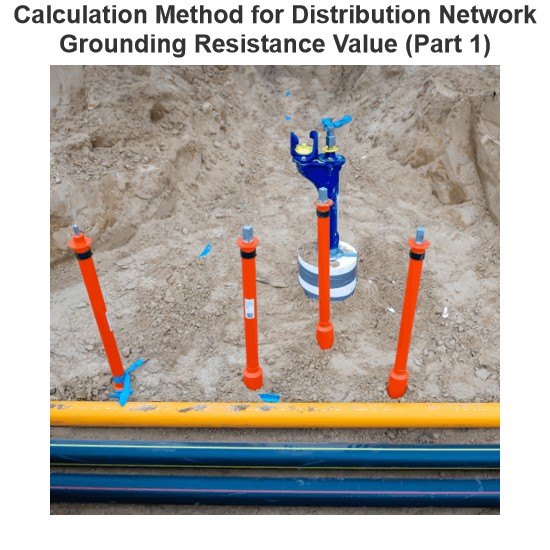What is the purpose of using high voltage and low frequency in electricity?
Purpose of Using High Voltage and Low Frequency in Power Systems
The main purpose of using high voltage and low frequency in power systems is to improve transmission efficiency and reduce costs. Here are the specific reasons:
1. High Voltage
Reduce Current: According to Ohm's law V=IR, increasing the voltage can reduce the current. Under the same power transmission conditions, higher voltage means lower current.
Lower Line Losses: Line losses are proportional to the square of the current, i.e., Ploss=I2 R. Therefore, reducing the current significantly lowers line losses.
Smaller Conductor Size: With reduced current, smaller conductor sizes can be used, saving materials and costs.
Increased Transmission Distance: Higher voltage supports longer transmission distances because line losses and voltage drops are reduced.
2. Low Frequency
Reduce Eddy Current Losses: Low frequency reduces eddy current losses. Eddy current losses are proportional to the square of the frequency, i.e., Peddy∝f2 . Therefore, low frequency helps reduce eddy current losses in transformers and motors.
Reduce Hysteresis Losses: Low frequency also reduces hysteresis losses, which are proportional to the frequency.
Improve System Stability: Low frequency helps improve the stability of power systems, especially in long-distance transmission and large-capacity systems.
Does Different Voltage and Frequency Levels Change the Speed of Electricity?
The speed of electricity transmission in conductors is determined by the physical properties of the conductor, not directly by voltage or frequency. Specifically:
Speed of Electricity Transmission: Electricity travels in conductors at a speed close to the speed of light, approximately 299,792 km/s. This speed is usually about 60% to 70% of the speed of light in the medium.
Effect of Voltage and Frequency: Voltage and frequency do not directly affect the speed of electricity transmission. They primarily influence the size of the current, line losses, the size of equipment, and efficiency.
Summary
High Voltage: Reduces current, lowers line losses, reduces conductor size, increases transmission distance.
Low Frequency: Reduces eddy current losses, reduces hysteresis losses, improves system stability.
Speed of Electricity Transmission: Not directly affected by voltage and frequency; mainly determined by the physical properties of the conductor.
By using high voltage and low frequency, power systems can transmit electrical energy more efficiently and economically, while reducing losses and improving system stability.
The Electricity Encyclopedia is dedicated to accelerating the dissemination and application of electricity knowledge and adding impetus to the development and innovation of the electricity industry.













